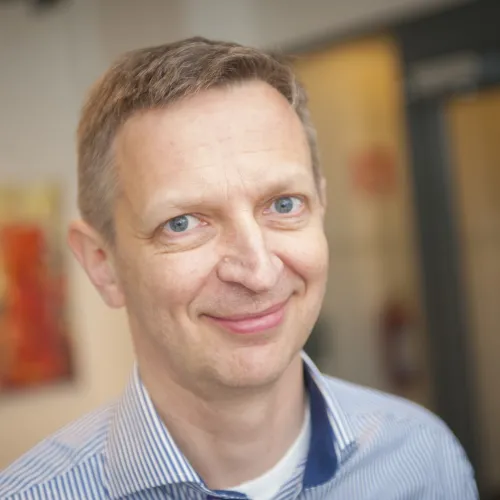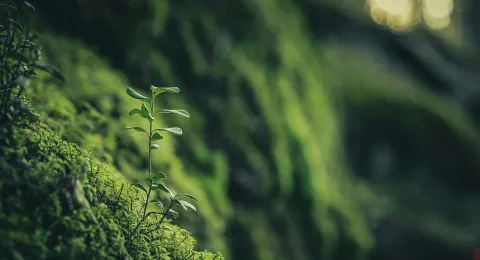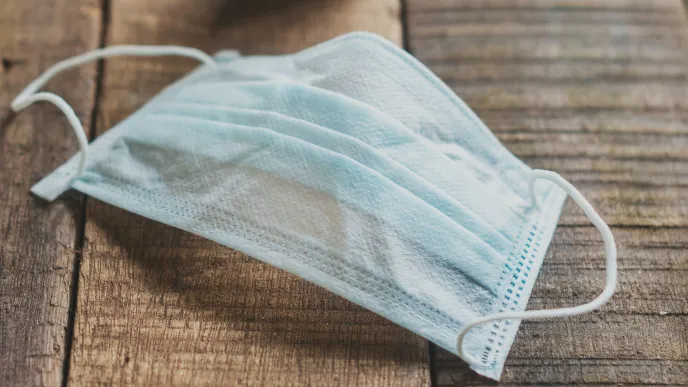The circular economy is much more than just recycling produced waste. It is an economical model in which materials and raw materials circulate until they no longer have any value left. This minimises waste production, reduces the need for virgin raw materials and creates new jobs. At LUT, the circular economy is being researched from a technological, economic and social viewpoint.
The phenomenon is not new: newspapers and paper have been collected for reuse in Finland for over 70 years and old clothes have traditionally been used as rags or as material for making rugs. What is new is the fact that the circular economy has become a necessity for our planet.
"The basic idea behind the circular economy concept is that we only have access to the natural resources provided by our planet and the Sun. In other words, the Earth is a closed system where we have to manage with the resources we have. We can't change the laws of nature, so we must live by them", says Professor Lassi Linnanen, the head of the Sustainability Science Unit at LUT.

Circular economy can create new jobs
In order to stop incurring a triple debt, we should simultaneously save natural resources and money and improve well-being. As the global population grows and different raw materials become scarce, people will have to reduce their consumption of natural resources and energy. Keeping nature and human activities in balance is key to ensuring that current and future generations will have the opportunity to pursue a good life.
In order to bring our consumption to a sustainable level, the use of raw materials per person must be reduced to a sufficient extent.
"Consumer demand should focus on products that promote the effective use of raw materials. When paying customers want specific types of products, they create a demand to which suppliers react. It's better to buy a lasting duvet cover than one that tears after three washes."
In a circular economy the entire life cycle of a product, including environmental matters, emissions, recycling, reuse and remanufacturing, is taken into account since very early on in the design and development process. Products are made of recycled materials and they are long-lasting and environmentally friendly. When products reach the end of their life cycle, the materials are recycled, sorted and turned into new recycled materials.
In the best case scenario, a circular economy can create new jobs related to the recycling, collecting and sorting of materials and the repairing, servicing and remanufacturing of products. A model like this requires more workforce than a model where products are manufactured from virgin raw materials in a steady stream and sent to landfills once their life cycle comes to an end. As the employment rate increases, improvements can also be seen in the economy and the well-being of people.
Further reading:
LUT promotes climate actions
- LUT University establishes Finland's first electric transportation professorship in Lahti
- Gas separation adds to LUT’s expertise in separation science — we support the utilisation of gaseous emissions as raw material
- Fuel from waste wood - Possibility to produce ethanol on a financially competitive and technically efficient basis
Ideas for companies
Courage to adjust the benefits we have achieved
From the viewpoint of ordinary citizens, a circular economy means that products are repaired and serviced, borrowed and rented, and purchased with others after careful consideration. Instead of buying disposable products, consumers invest in quality and good materials. Energy is produced using renewable energy sources and used in an efficient manner – for instance by reducing the consumption of electricity or using electricity at a time when it is less expensive.
Renewable energy includes solar power, wind power and hydropower and can even be produced in your own backyard.
"In the future, large plants will be complemented by local energy produced using small solar and wind power plants. Anyone can produce their own electricity, store it or sell the excess electricity to the grid through various cloud computing services. Consumers will no longer be seen as purchasers but as users using various products and services."
All stages of the circular economy model are user-oriented and based on saving natural resources. This will enable economic growth and better employment rates, but require a complete reform of current operating models: instead of streamlining production and work, things will have to be done in an entirely new fashion.
"It's important to keep in mind that the circular economy is an essential tool, but it won't solve all our problems. We don't currently have all the competence and technology that will be needed in the future, so there is still a lot of work to be done."
The development of new solutions will require letting go of old models.
"We have to have the courage to adjust the benefits we have achieved in order to be able to provide everyone with appropriate living conditions", Linnanen says.






